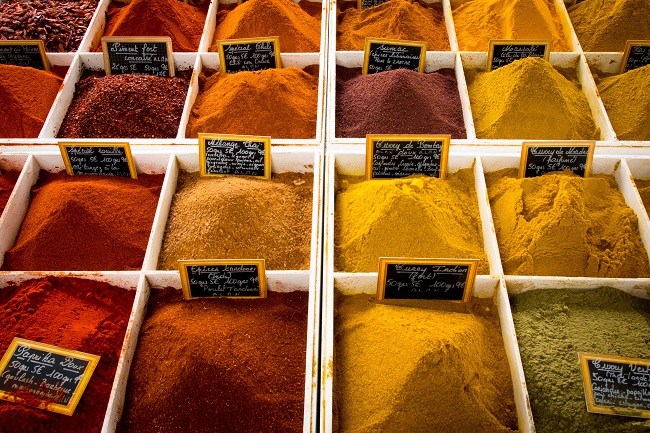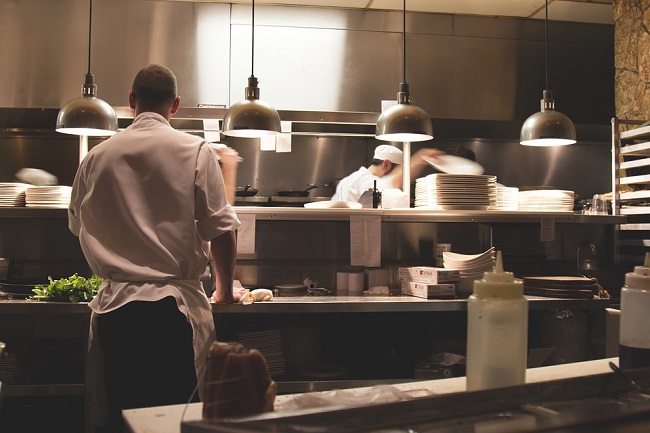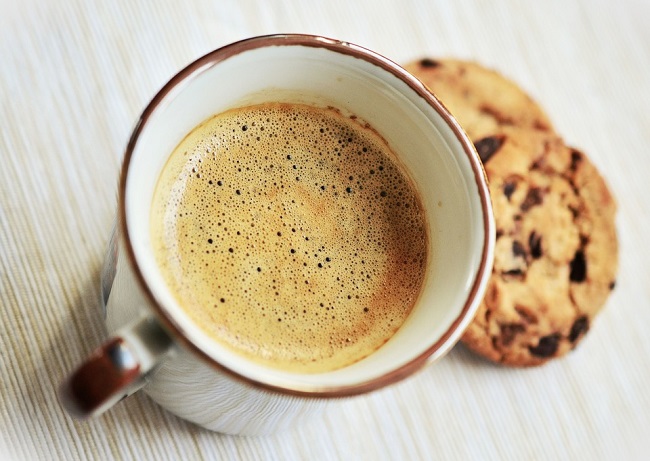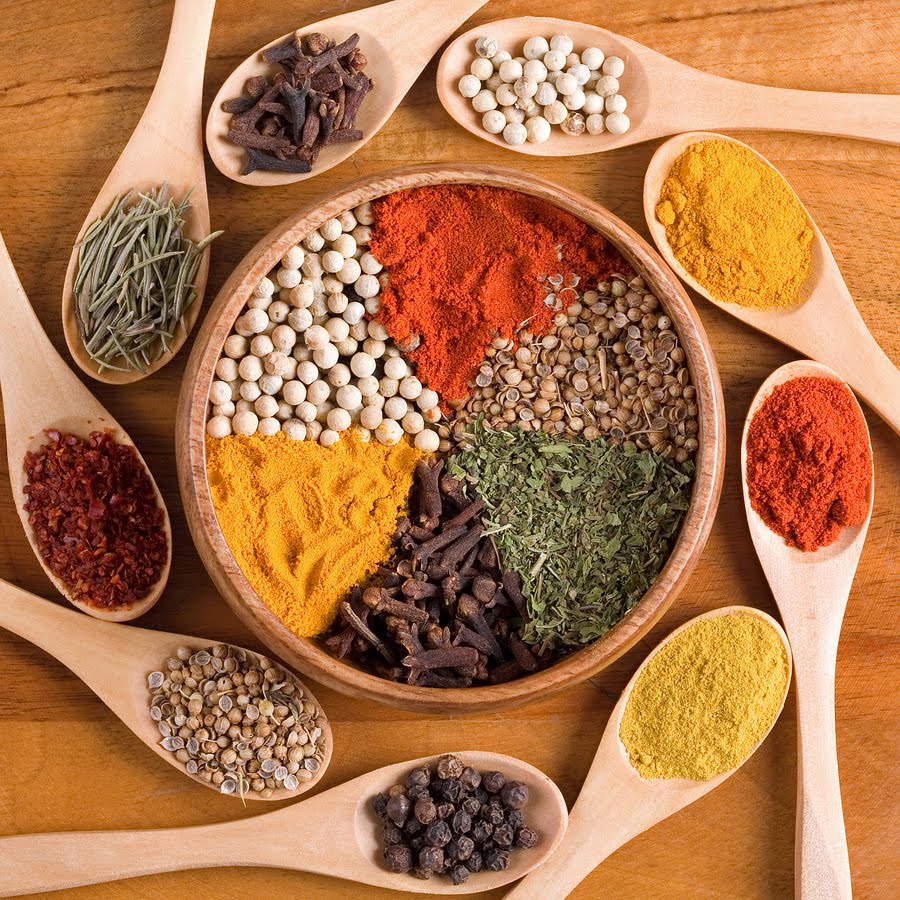If you are thinking about starting a spice business, spice grinders are one ingredient you cannot afford to overlook. Many business owners are so focused on the spices and herbs that they don’t stop to think about how their product will be packaged and sold. Grinders come in a wide variety of sizes, styles and materials. From full grinder sets that include grinders and bottles, to individual bottles in glass and PET plastic, in various sizes, and flip top closures and grinder tops, there is a huge range of choice available at spice grinder wholesalers such as Global Grinders.

While you are getting your business plans underway, it is important to do some research to determine which spice grinders you plan to use.
Why Choose Spice Grinders Carefully in the Spice Business?
Why is it so important to put thought and effort into the spice grinders that you choose? Some things to consider include the following:
- Cheap, poor quality grinders cannot guarantee freshness. One of the worst things to happen to any spice business is complaints that your herbs and spices are not fresh. Due to the nature of retail sales, product often sits on the shelf for any time between a few days and a few weeks, or even longer. Poor quality grinders will almost always lead to poor quality spices that do not last. Cheap grinders may not have the same technology that quality grinders have, either. Which brings us to our next point…
- Tamper proof liners are essential. The only way to guarantee that your spices stay fresh after being bottled is to use tamper proof liners that seal in the freshness. These liners should be sealed onto your bottles after spices and herbs have been added. Once opened, the spices need to be used within a few months. While ground spices can last up to a year if they are kept in air-tight containers, they lose their taste and potency once they are exposed to air. Without tamper proof lining, you may find that your spices lose their flavour quickly. As a result, you may not get repeat business if customers are not satisfied.
- Poor quality grinder tops and closures are also less than ideal. Cheap plastic lids that are easily broken will quickly lead to your spice business developing a bad reputation. Quality grinders and tops however will help you grow your reputation in all the right ways. It is a good idea to do some research to see which grinders and flip top closures are best for the type of spice you plan to sell. Finely ground spices do not require a grinder top, but they will need a fine grind suitable lid. Coarser ground spices on the other hand, along with coarse flavoured salts, will require a grinder.
Here at Global Grinders, we offer a wide range of whole grinders, at competitive prices. Whatever your needs may be, we are here to help. We offer a selection of bottles in glass and PET plastic, along with various grinder tops and flip top lids to suit your needs. We also offer tamper proof linings as a value added service, making it even easier to get started with everything you need for your spice business.
Browse our Ready to Grind range, or contact us today for price lists on our spice grinders and bottles.





